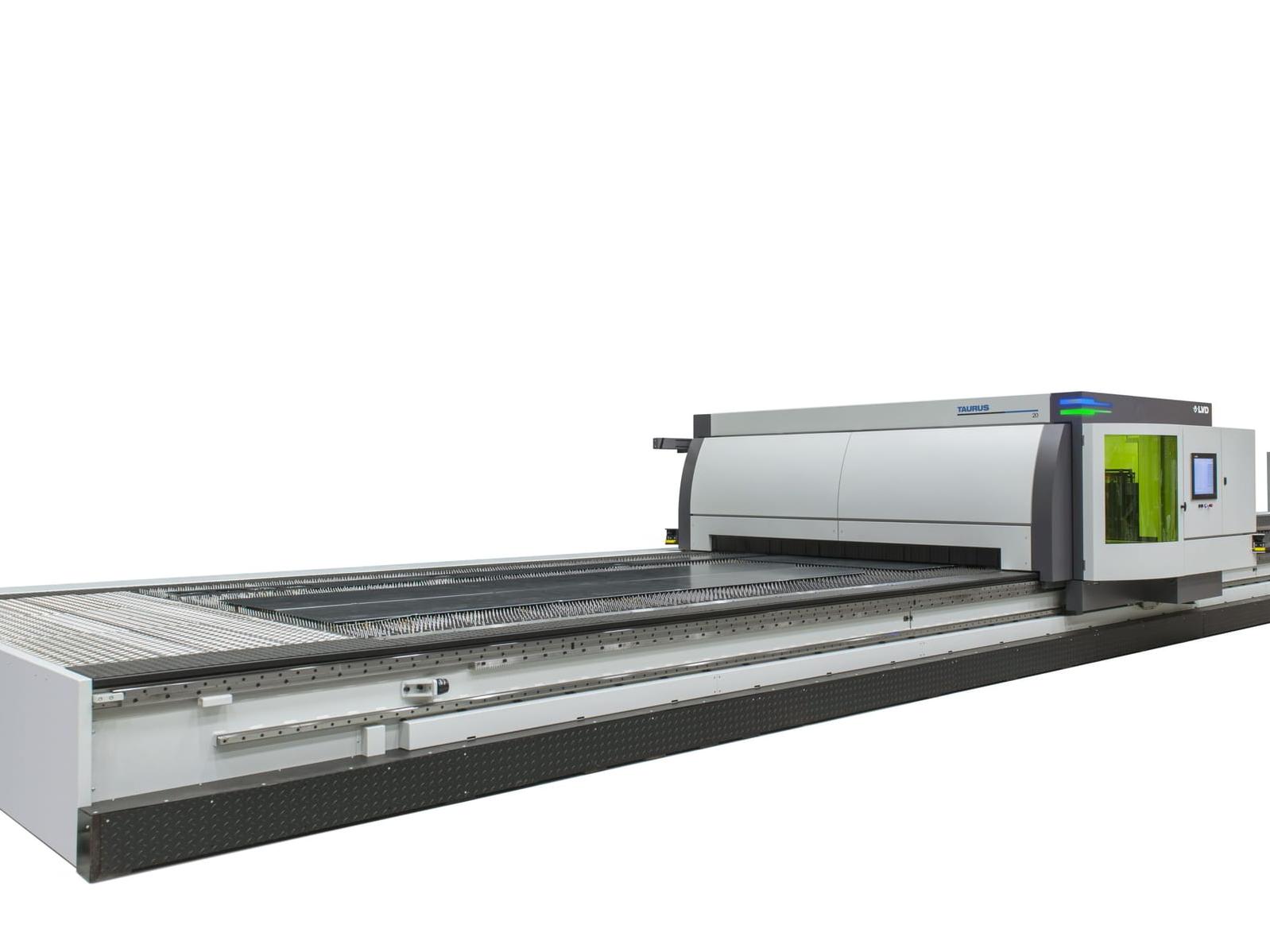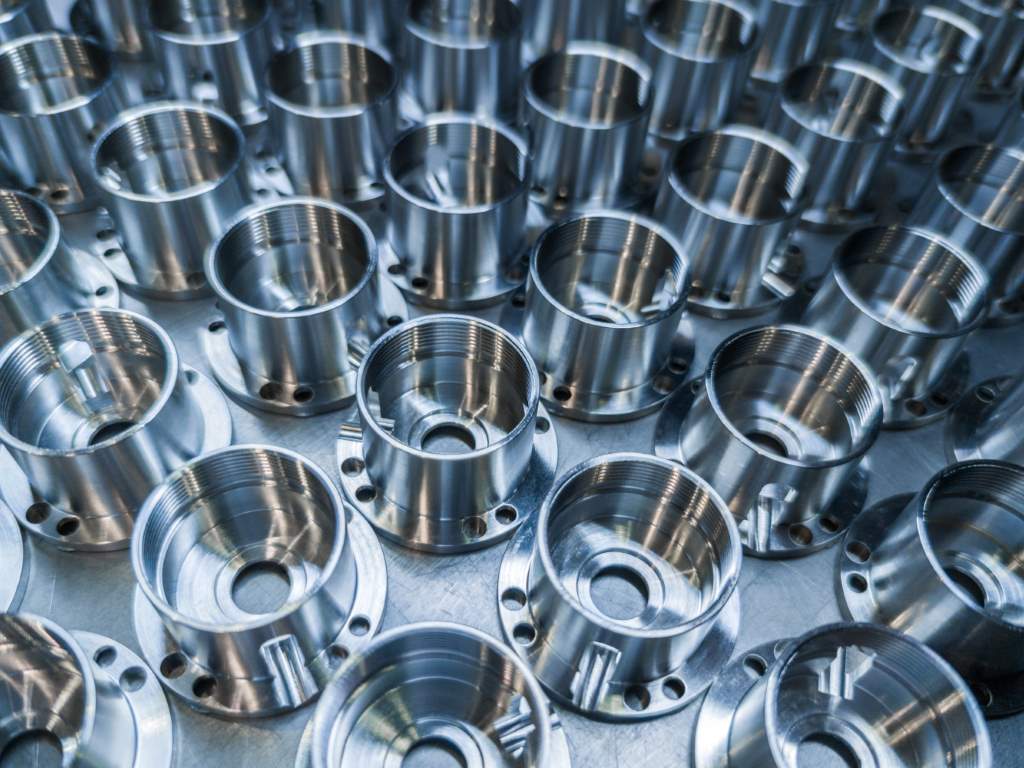Tata Steel launches low-CO2 steel

Tata Steel Nederland has launched Zeremis Carbon Lite, steel with an allocated carbon footprint reduction of up to 100%.
The lower CO2 intensity is based on CO2 savings realised within Tata Steel Nederland since 2018 and is certified by independent assurance expert DNV.
With Zeremis Carbon Lite the company meets a growing demand for low-CO2 steel, for instance by consumer-facing industries such as automotive, packaging and white goods.
The ambition to reduce CO2 emissions by 500 kilotonnes before Tata Steel Nederland commissions its first Direct Reduced Iron (DRI) installation should enable the company to supply a minimum of 200 kilotonnes of CO2-neutral equivalent steel on an annual basis. Additional green steel products will follow in the near future.
DRI technology is a steelmaking technology in which iron can be made using hydrogen instead of coal. When green electricity and hydrogen are used, the CO2 emissions from the primary steel process are considerably lower than when using blast furnaces. DRI technology also makes it possible to use scrap, which benefits circularity.
Hans van den Berg, chairman of the board of management of Tata Steel Nederland, said: “We see an increasing interest in more environmentally-friendly produced steel in the markets we serve. This is most keen in our consumer-facing customers with their own ambitious CO2 reduction targets as the use of low-CO2 steel enables them to reduce their so-called scope 3 emissions2) and thus make their product offering more sustainable.”
“We firmly believe green steel is the future. We will be making steel in a different way before 2030, with less impact on our immediate surroundings and neighbours. As a result of our current CO2 savings we can already offer our customers a significant amount of high-quality low-CO2 steel. This makes the launch of Zeremis Carbon Lite an important step since passing on our savings to our customers helps us to accelerate our transformation to become a more sustainable steel producer.”
In order to reduce the emissions of steel production on a large scale, Tata Steel has committed to switch to green hydrogen-based steelmaking. The company targets a CO2 emission reduction of at least 30% by 2030 – when it commissions its first DRI installation – and to emit 75% less CO2 around 2035. That is when the company will transition to a producer of large quantities of high-quality green steel. The ultimate goal is to produce all steel without any CO2 emissions by 2050.
The initial offering of Zeremis Carbon Lite is a 30% reduction in CO2 intensity benchmarked against the European average for steel products, for example hot-rolled coil or cold-rolled coil. If customers have higher CO2 emission reduction targets, additional CO2 reduction certificates can be allocated to ensure these targets, even CO2 neutral targets, are met.
Tata Steel
www.tatasteeleurope.com














